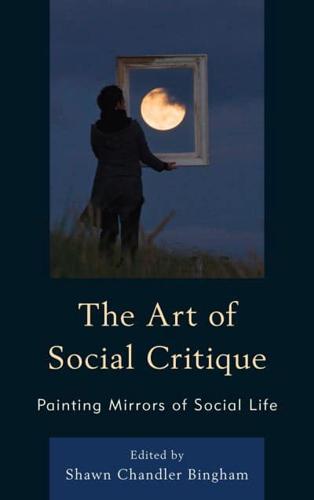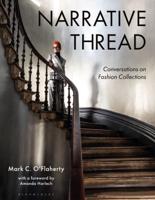Publisher's Synopsis
From novelists to political cartoonists, artists have long brought a unique perspective to important public discussions of social and political issues. Yet, fury and debate over the role of the artist has resulted in blacklisting, banning, and symbolically burning artists who use their work as a means of social critique and social change. The Art of Social Critique makes a case for the complexity of artistic ways of "seeing" social life - observing, analyzing and portraying society - by examining the interdisciplinary nature of imagination. The authors cover a range of novelists, painters, musicians, cartoonists, poets and others whose explorations of the human condition directly connect to complex methods of social inquiry often associated with other disciplines. Specific parallels are drawn between the social sciences and the theories, lenses, and aesthetics that allow these artists to gain a clearer view of social life. Artistic techniques, such as metaphor, caricature, and irony, are examined as unique methods of social inquiry, while the novelist and poet become ethnographers of social life. By treading the common ground between the arts, humanities and social sciences, The Art of Social Critique raises a number of important questions about the role of art in society: What are the relationships between imagination, creativity, perspective, experimentation and unveiling social life? How does the artistic perspective engage in representation, give voice, or unveil? How have artists examined the relationship between the individual and society, social structures, or social norms that we take for granted? Each chapter explores how the "artistic eye," as a form of qualitative social inquiry, helps both the artist and the audience arrive at a more complex understanding of society. From art as a social movement to the important relationship between art and collective memory, The Art of Social Critique covers imagination as an interdisciplinary concept that draws on the sociological, psychological, historical, and political. Together these essays reveal art as more than mere entertainment or amusement - it is an interdisciplinary way of knowing our social world.











